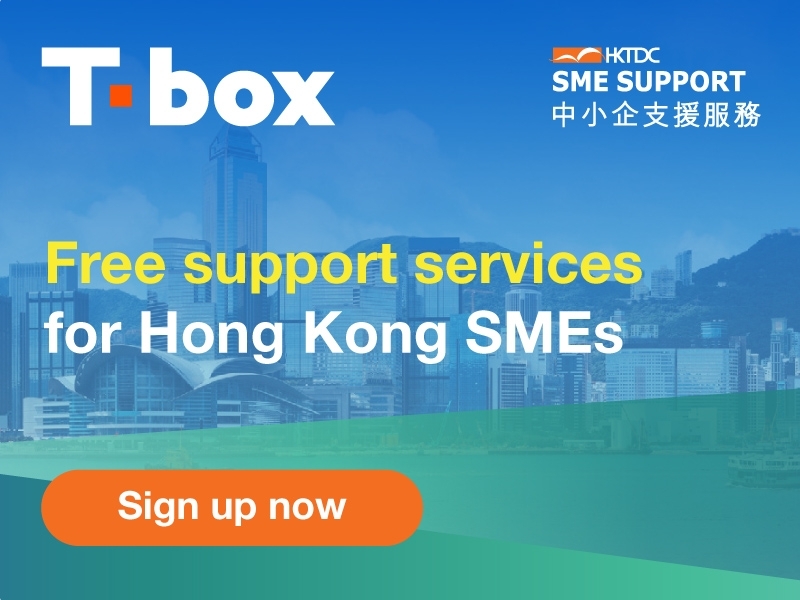Tech fairs demonstrates Hong Kong’s tech hub status
Co-organised by the Innovation, Technology and Industry Bureau of the Hong Kong SAR Government and the Hong Kong Trade Development Council (HKTDC), InnoEX and HKTDC Hong Kong Electronics Fair (Spring Edition) drew some 88,000 buyers from 139 countries and regions, accentuating Hong Kong’s advantages as an international innovation and technology centre.
22 April 2024
Subscribe free e-newsletter
Latest on Asia business intelligence
Mobile-friendly design to read on the go
Customise your news by registering online
Learn about latest market updates and insights to empower your business.





